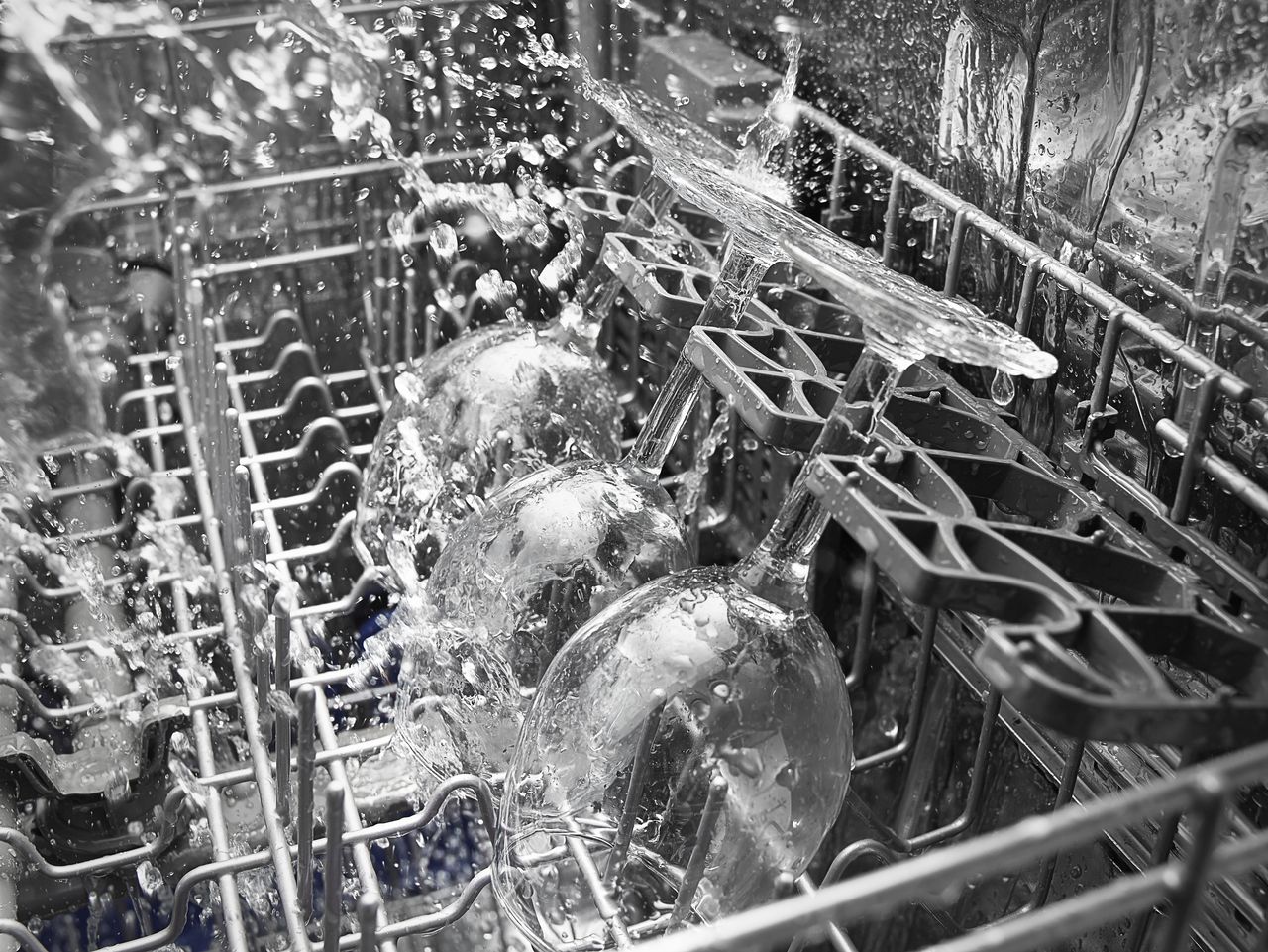
If it’s getting difficult to open your dishwasher’s door or you can feel the metal hinges scratching against the frame, the protective friction pads may be broken. Order new ones (part #WP8268961 for Whirlpool and Maytag dishwashers) and follow these steps to replace them.
1. Unplug the dishwasher and turn off the water supply.
In order to access the friction pad around the door hinge, you’ll need to partially uninstall the dishwasher and pull it a few inches out from under the countertop. Unplug the dishwasher so you don’t stretch the power cord. While you don’t need to disconnect the whole water line or drain line, turn off the water supply in case the water line stretches.
2. Partially uninstall the machine.
Open the dishwasher door and set it fully open. Next, remove the screws connecting the dishwasher to the underside of the cabinet. Then lift the door to a forty-five-degree angle and grab it on either side to pull the appliance out a few inches. Make sure you can see the hinge assemblies on either side, and then close the door.
3. Replace the hinge’s broken or missing friction pad.
Locate the hinge which the broken or missing friction pad. Both could be worn through, or you may need to replace only one. Once you’ve found it, remove the spring link. This is the white plastic that hooks over the hinge and connects to the spring. Then slide the friction pad off of the hooked edge of the hinge. Set it aside
4. Reinstall the dishwasher.
Carefully push the dishwasher back fully under the dishwasher. Open the door and retighten the screws that hold the appliance to the underside of the cabinets. Open the cabinet under the sink and pull the loose lengths of the water supply and drain lines, as well as the power cord, back under the sink. Make sure they aren’t pinched or stretched. Then plug the appliance back in and turn on the water supply
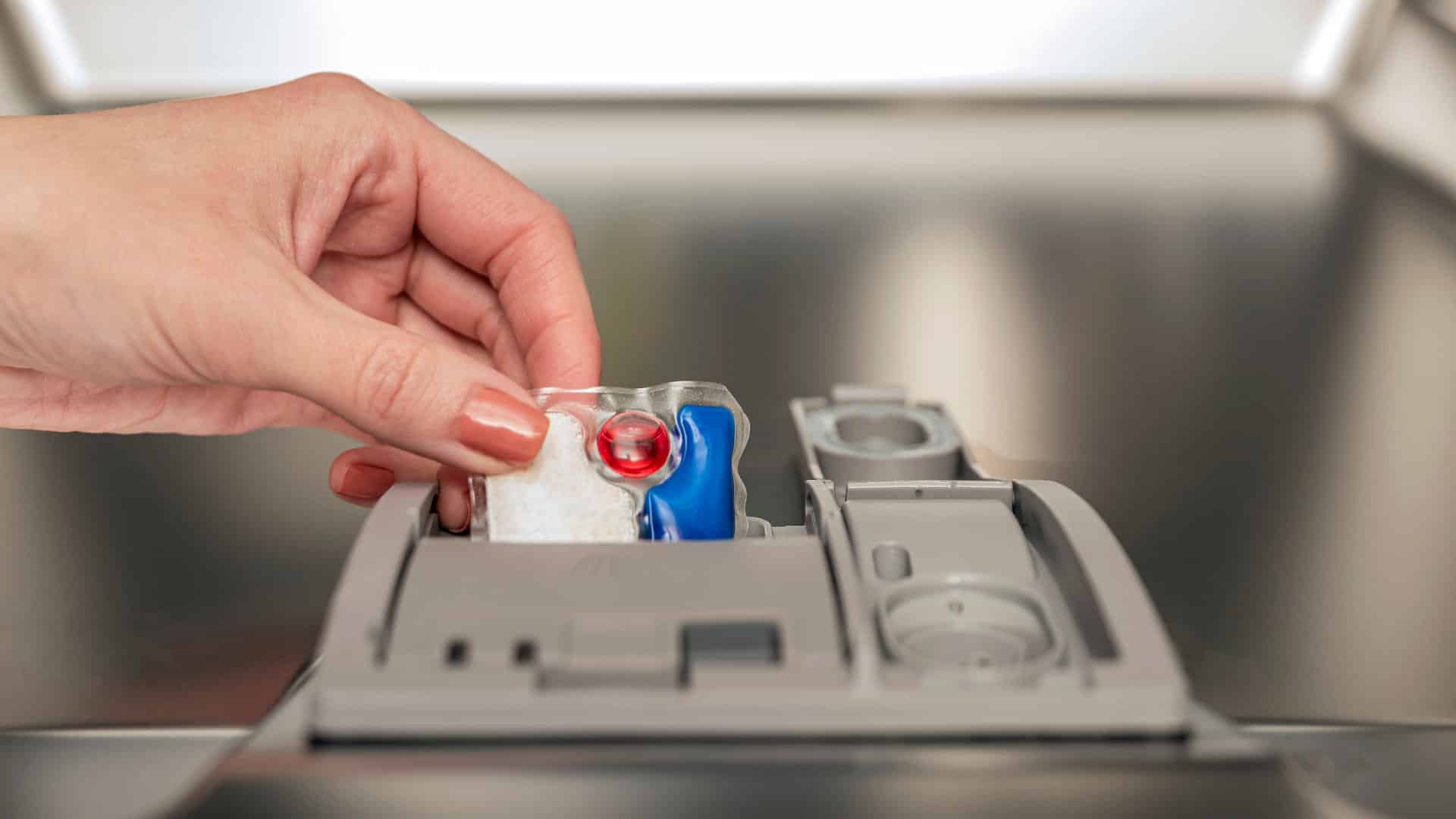
How to Clear E24 Error on Bosch Dishwasher
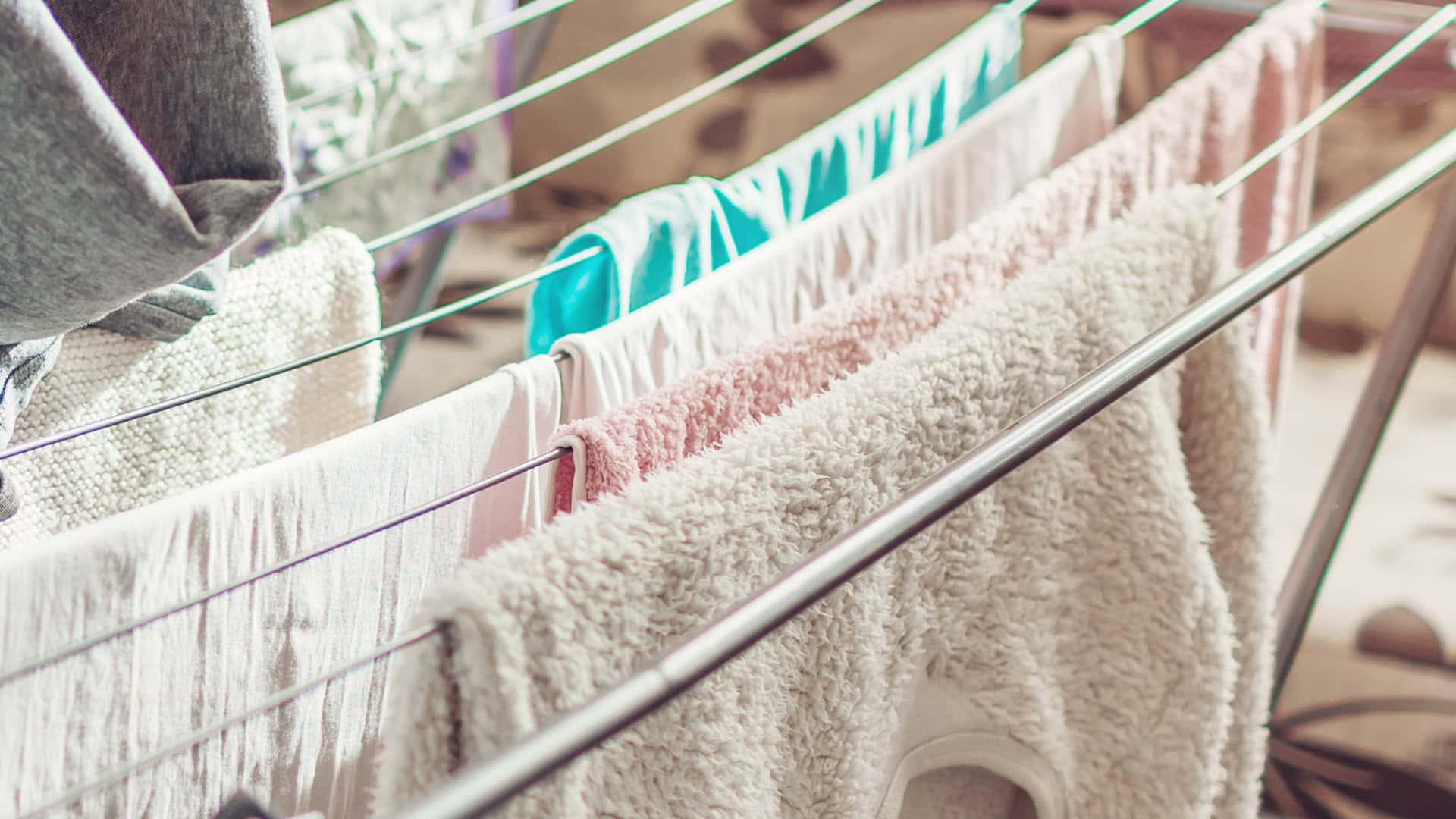
Samsung Dryer Not Heating Properly? (5 Fixes)
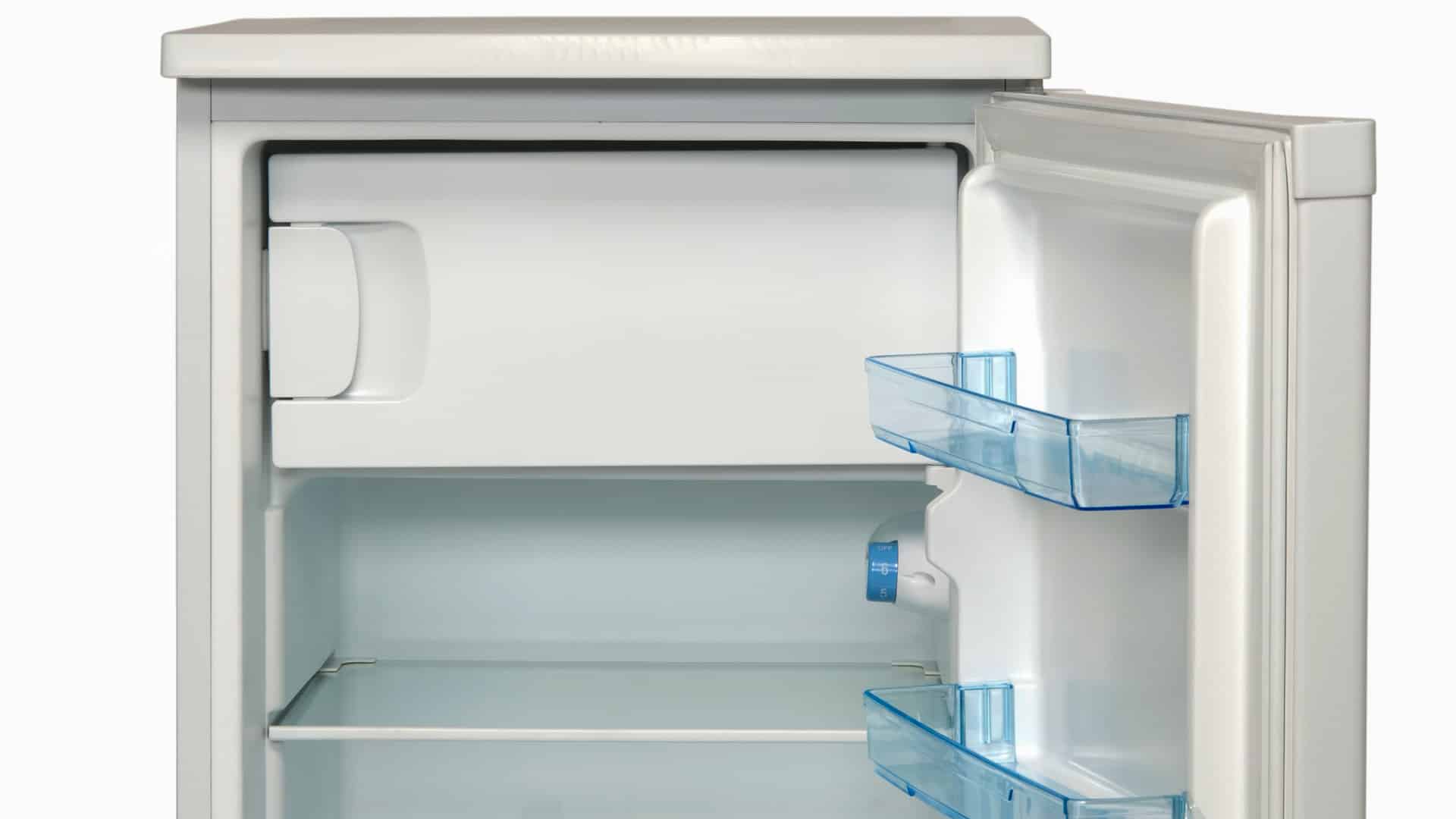
Why Is Your Mini Fridge Not Cooling? (5 Potential Reasons)
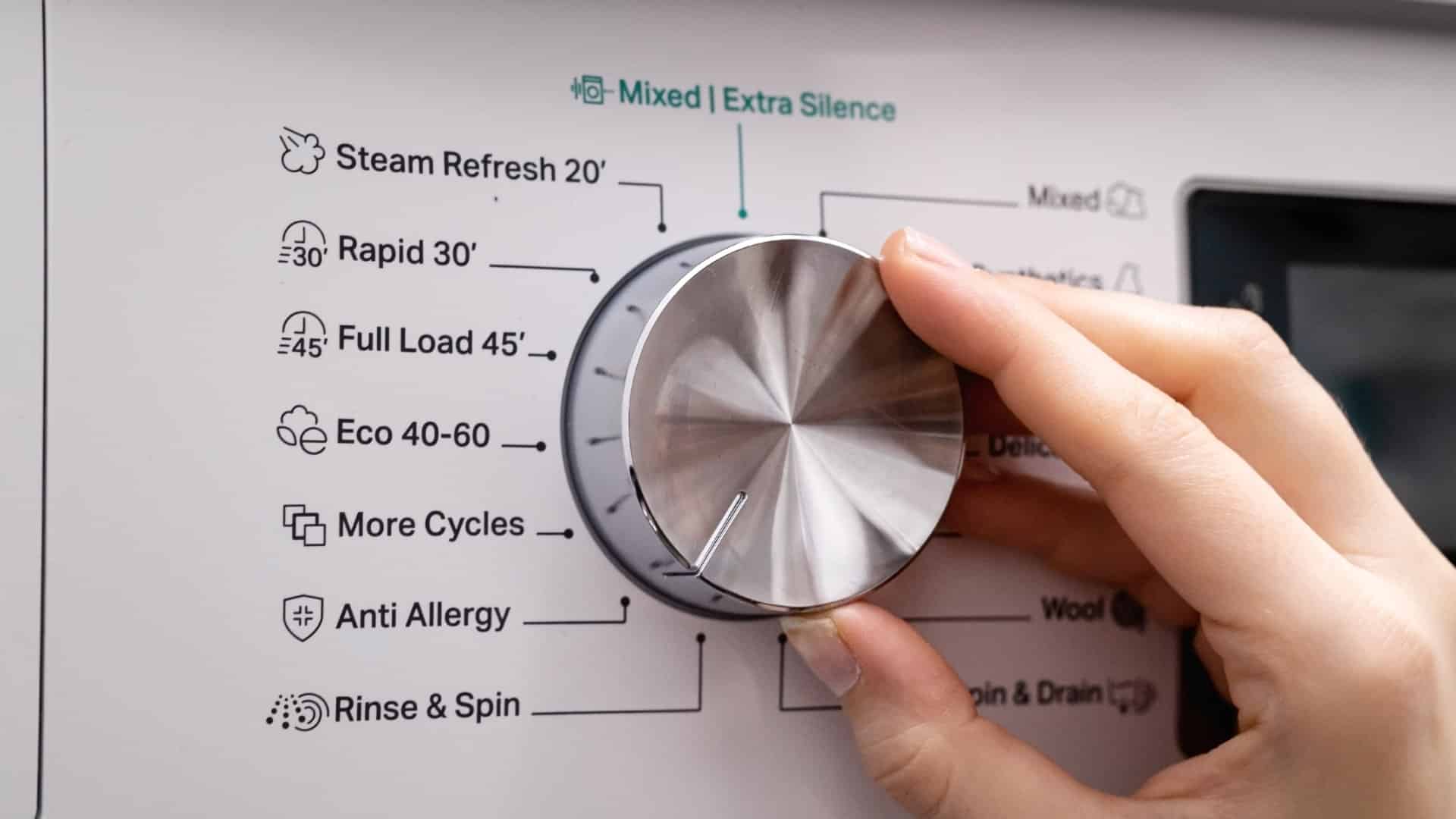
How to Fix Samsung Washer Error Code 4C
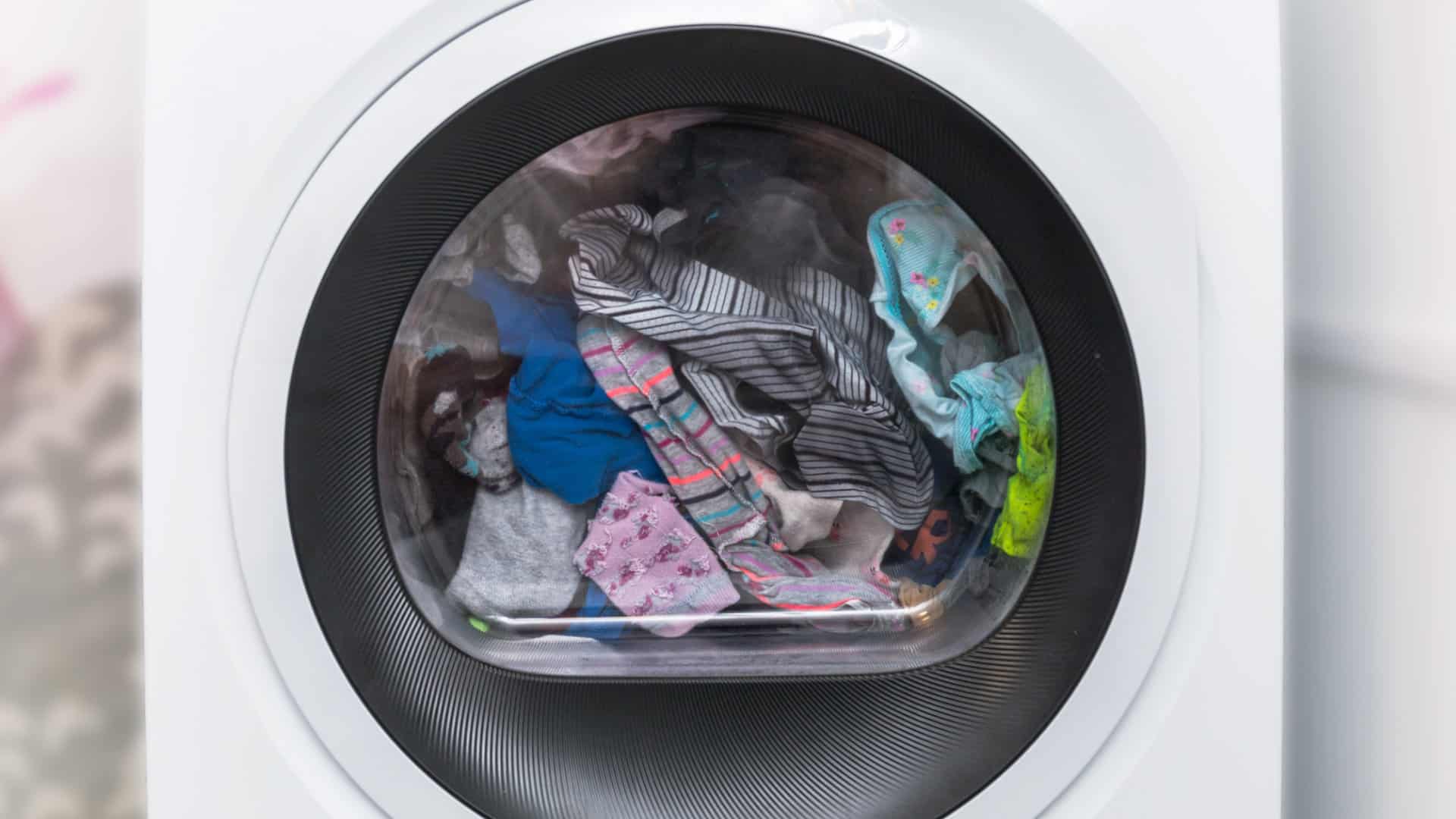
How to Resolve UE Error Code on your LG Washer
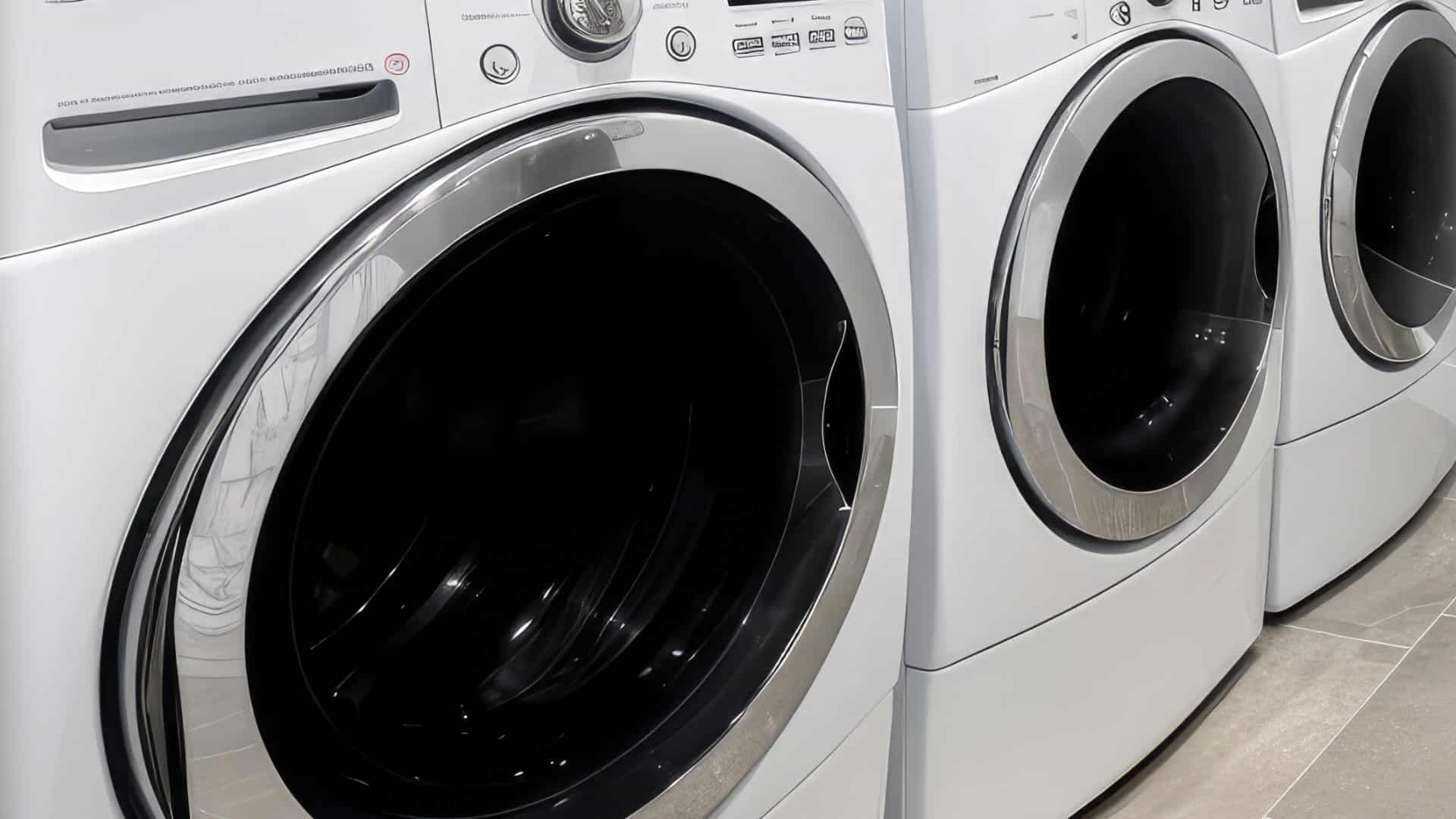
LG Washing Machine Error Codes: How to Fix Them
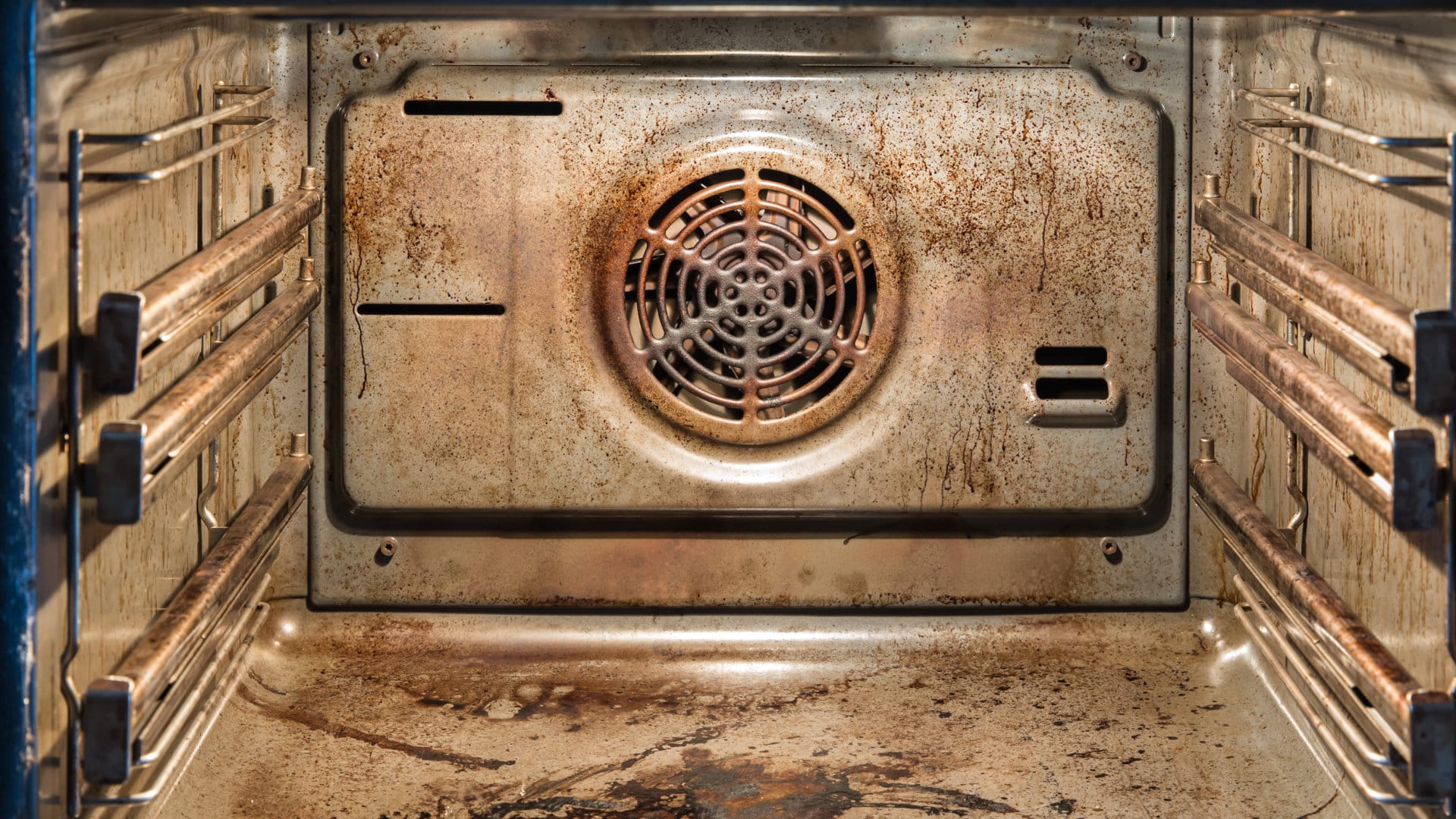
How to Unlock LG Oven Door (After Self-Cleaning)
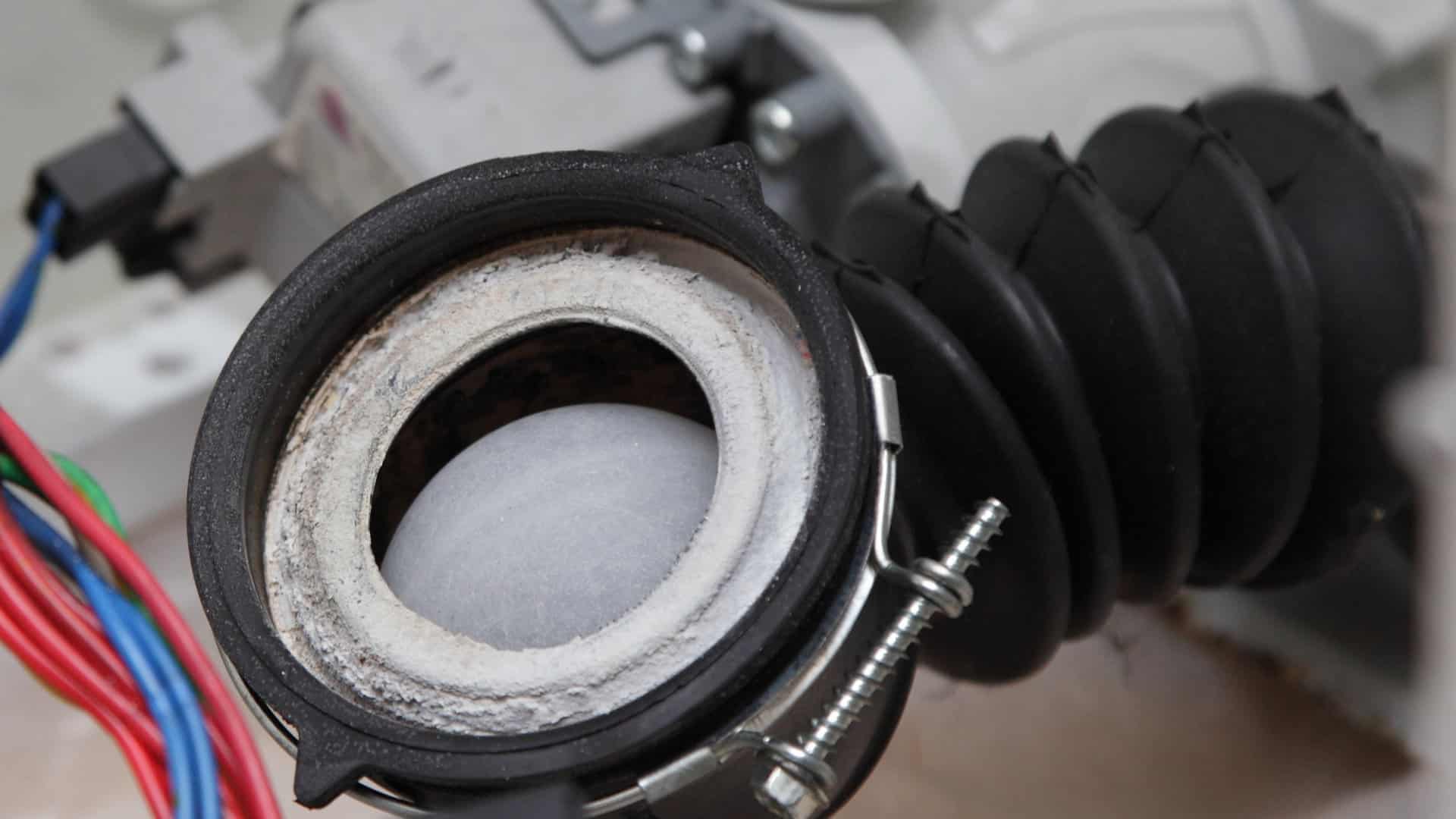
How to Fix LG Washer DE Error Code

Why Your Microwave Is Not Working
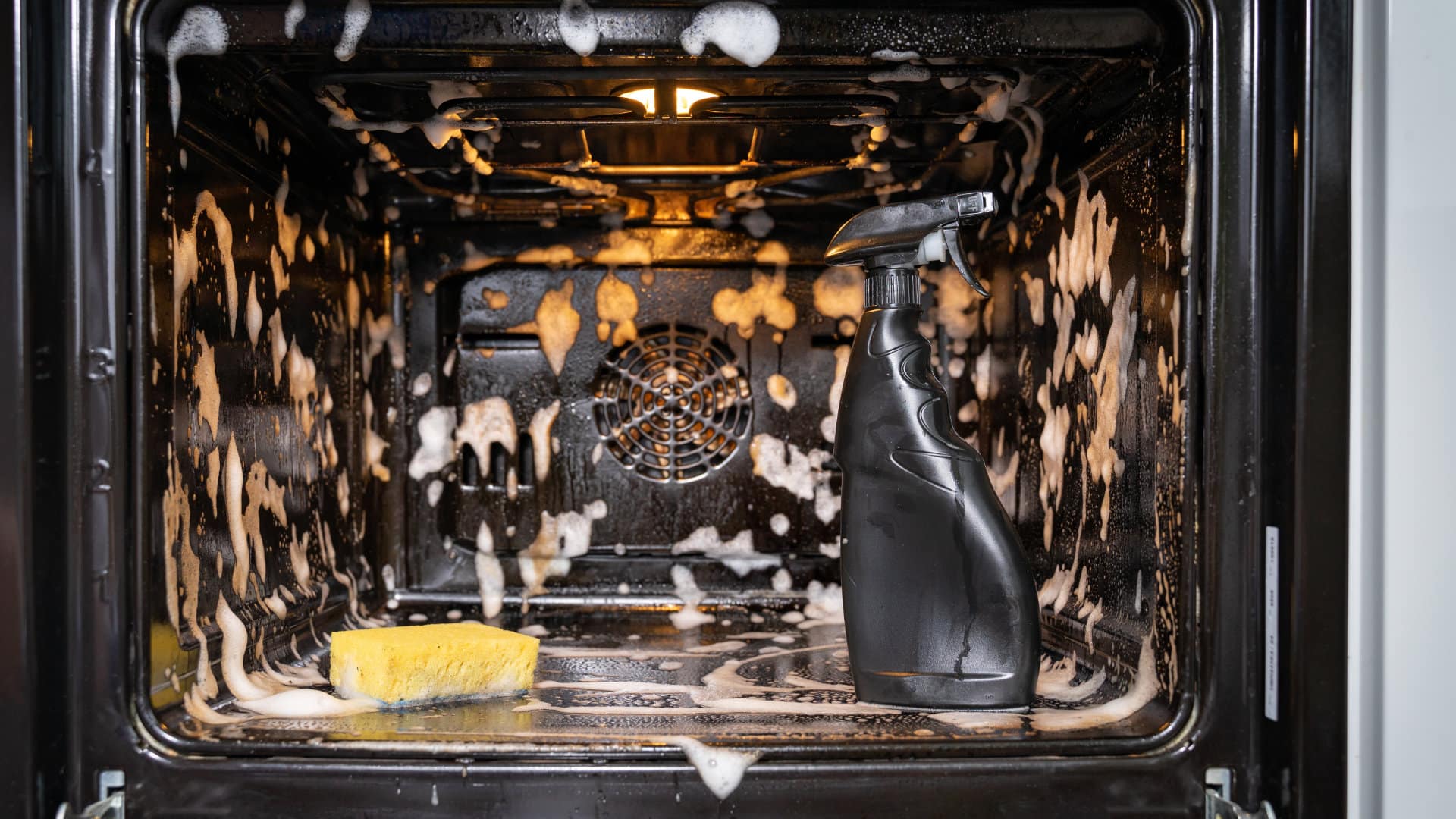
The Quick Guide To Using a GE Self-Cleaning Oven

How to Clean Your Dishwasher with Vinegar

How to Fix a Noisy Refrigerator
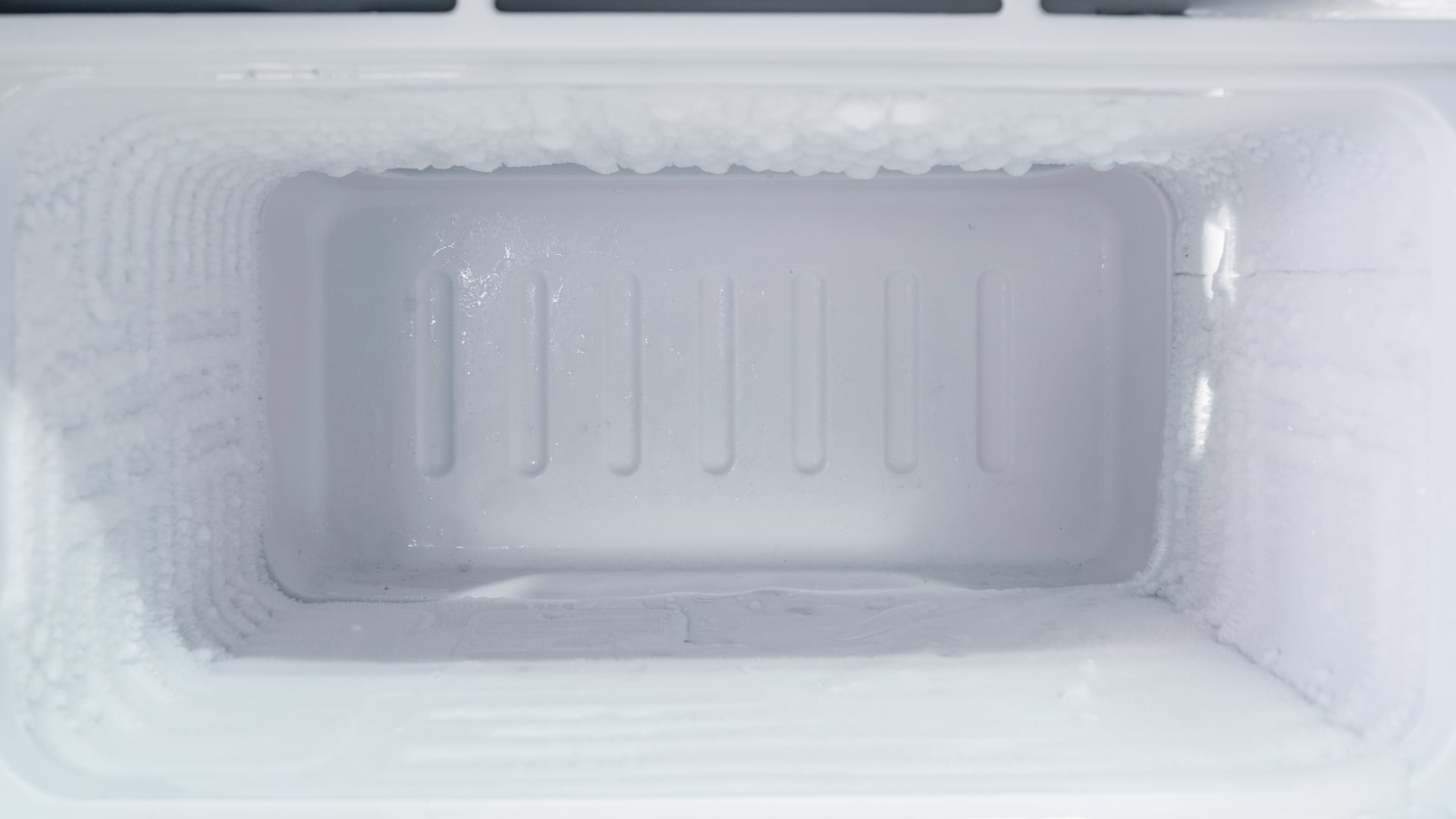
How to Remove Frost Build-up from the Freezer

5 Ways To Clean Your Microwave Naturally


